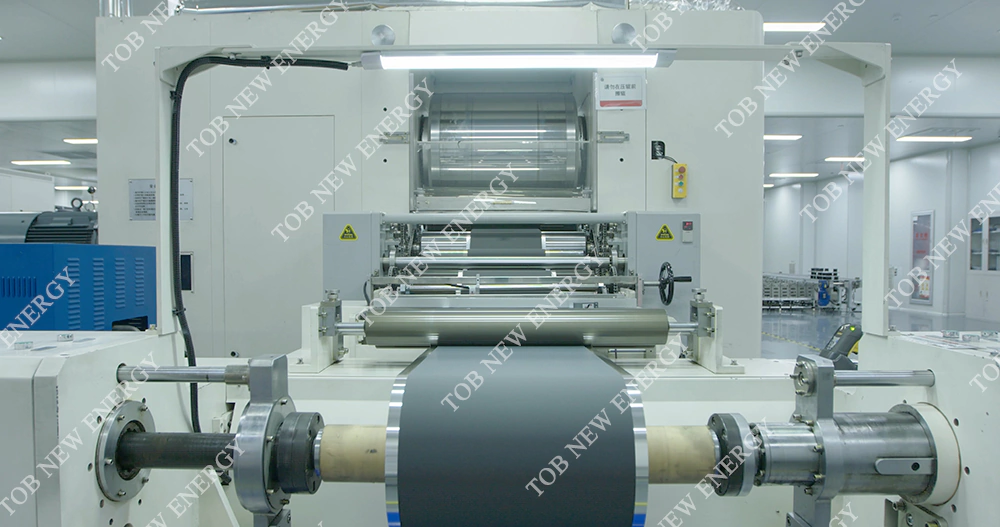Lithium-ion batteries are widely used in various fields, such as electric vehicles, consumer electronics, energy storage and aerospace. The performance and quality of lithium-ion batteries depend on the electrode materials and their processing methods. One of the key processes in electrode manufacturing is calendering, which is the compression of the electrode slurry coated on the current collector foil by a pair of rollers. Calendering can improve the density, conductivity, adhesion, and mechanical strength of the electrode, as well as reduce the thickness and porosity. However, calendering also has some drawbacks, such as cracking, delamination, stress accumulation and capacity loss. Therefore, it is important to optimize the calendering parameters and select the appropriate equipment for different electrode types and specifications.

A battery electrode calendering machine(rolling press machine) is a device that consists of two or more rollers that rotate in opposite directions and apply pressure to the material passing through them. There are various types of calendering machines, such as two-roll, three-roll, four-roll and multi-roll calenders. Among them, the two-roll calender is the most commonly used one for lithium-ion battery electrode calendering. A two-roll calender has two cylindrical rollers with adjustable gap and pressure. The electrode foil is fed into the gap and compressed by the rollers. The thickness and density of the electrode can be controlled by adjusting the gap and pressure.
The application scope of the two-roll calendering machine for lithium-ion battery electrodes depends on several factors, such as the electrode material, coating method, coating thickness, roller material, roller diameter, roller speed and roller temperature. Generally speaking, the two-roll calendering machine is suitable for electrodes with moderate coating thickness (10-50 microns), high density (1.5-2 g/cm3) and low porosity (30-40%). The roller material should be hard and smooth, such as steel or chrome-plated steel. The roller diameter should be large enough to avoid excessive bending stress on the electrode foil. The roller speed should be matched with the feeding speed to avoid slippage or tearing. The roller temperature should be kept at room temperature or slightly higher to avoid thermal expansion or contraction of the electrode.
The working principle of the two-roll calendering machine for lithium-ion battery electrodes is based on the elastic-plastic deformation theory. When the electrode foil enters the gap between the rollers, it undergoes elastic deformation first, which means that it can recover its original shape after unloading. As the pressure increases, the electrode foil reaches its yield point and undergoes plastic deformation, which means that it retains some permanent deformation after unloading. The plastic deformation can reduce the thickness and increase the density of the electrode. However, if the pressure is too high, it may cause irreversible damage to the electrode structure and properties, such as cracking, delamination or capacity loss.
The equipment function of the battery electrode calendering machine for lithium-ion battery electrodes is to improve the performance and quality of the electrodes by optimizing their physical parameters. By using a two-roll calendering machine, one can achieve:
- Higher density: Calendering can increase the packing density of the active material particles and reduce the void space between them. This can improve the conductivity, capacity, and cycle life of the electrode.
- Lower thickness: Calendering can reduce the thickness of the electrode and increase its specific capacity (capacity per unit area). This can reduce the weight and volume of the battery and improve its energy density.
- Better adhesion: Calendering can enhance the adhesion between the active material layer and the current collector foil, as well as between different layers of the electrode (such as binder, conductive additive, and separator). This can improve the mechanical strength and stability of the electrode.
- Uniform porosity: Calendering can create a uniform pore distribution in the electrode, which can facilitate the electrolyte infiltration and ion transport. This can improve the rate performance and safety of the battery.